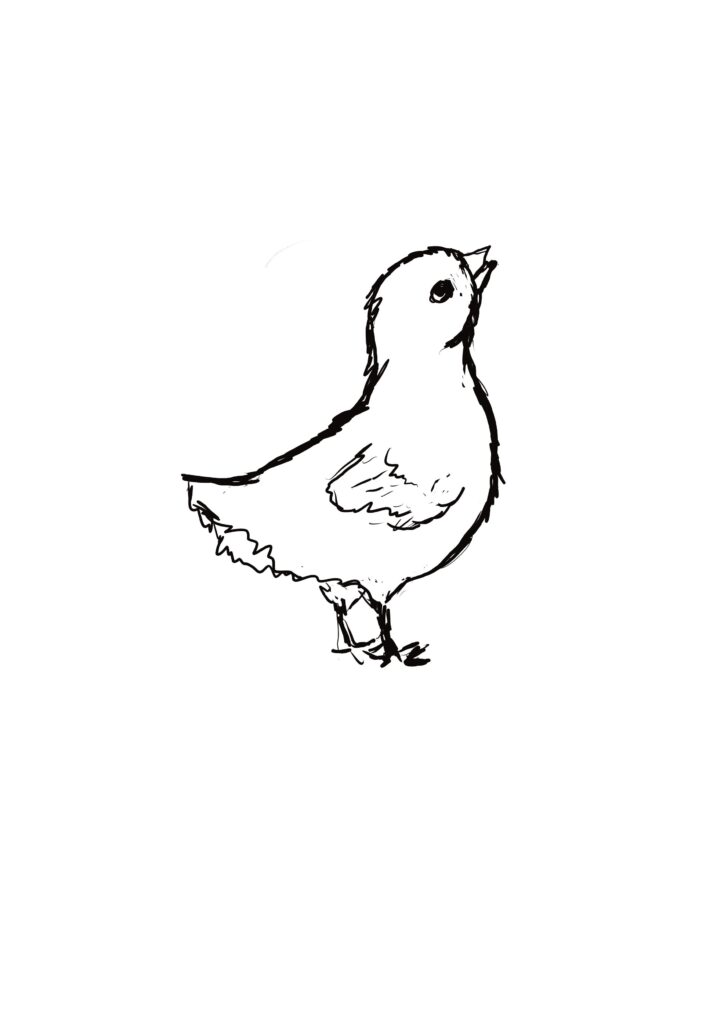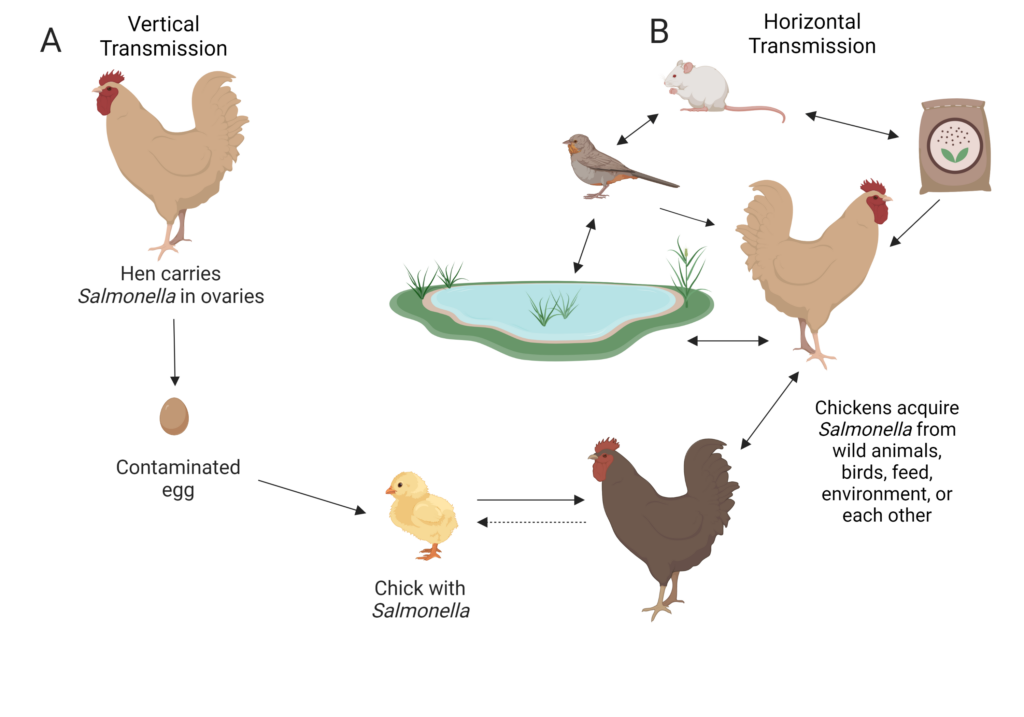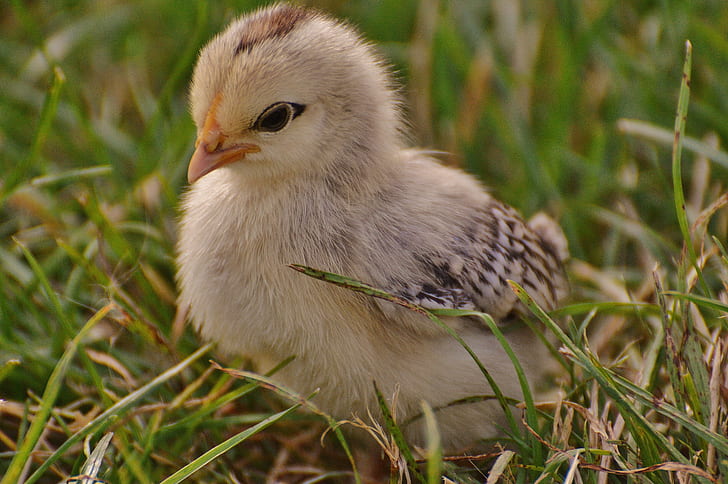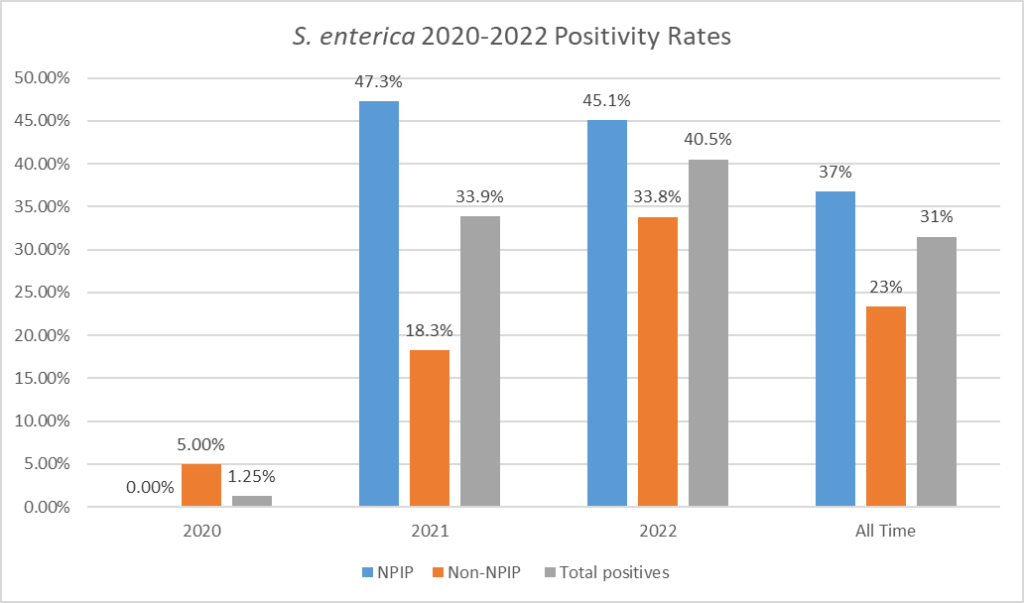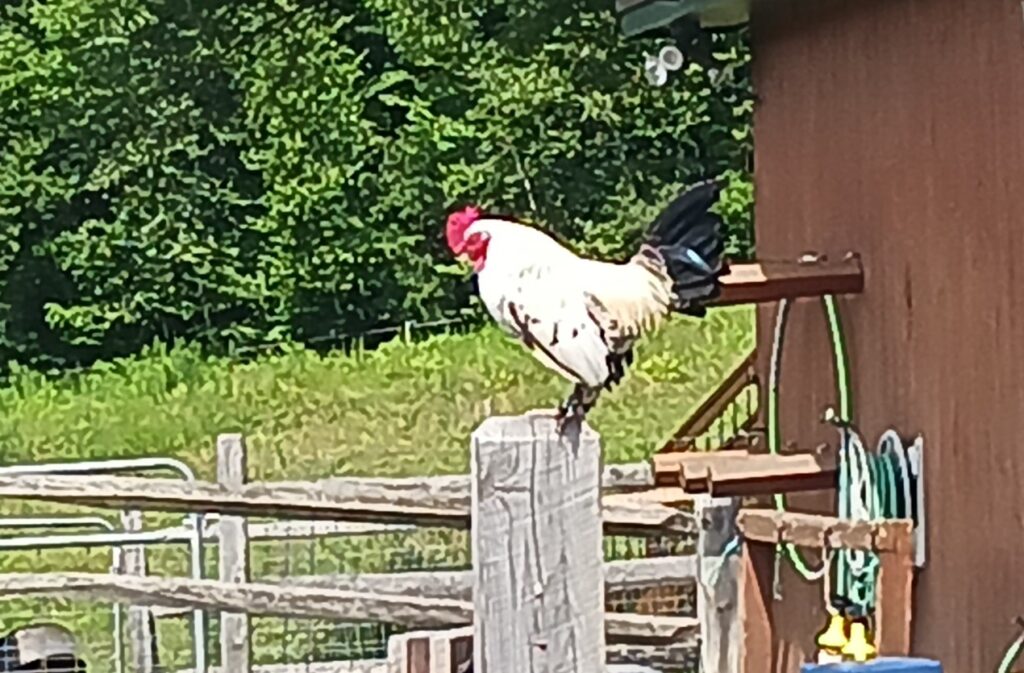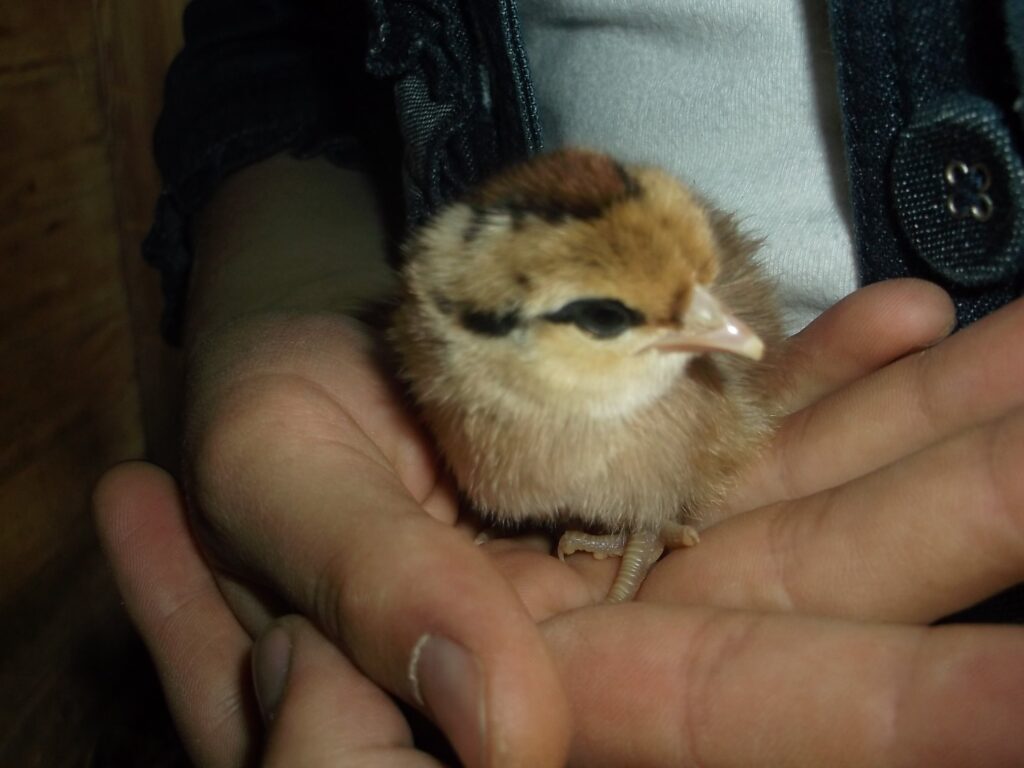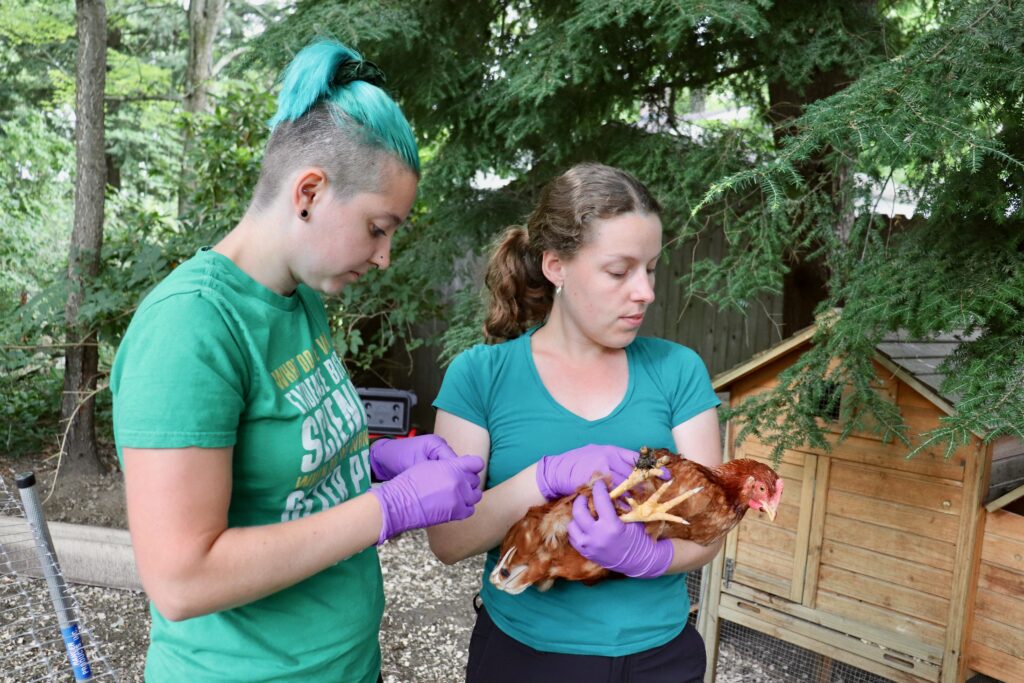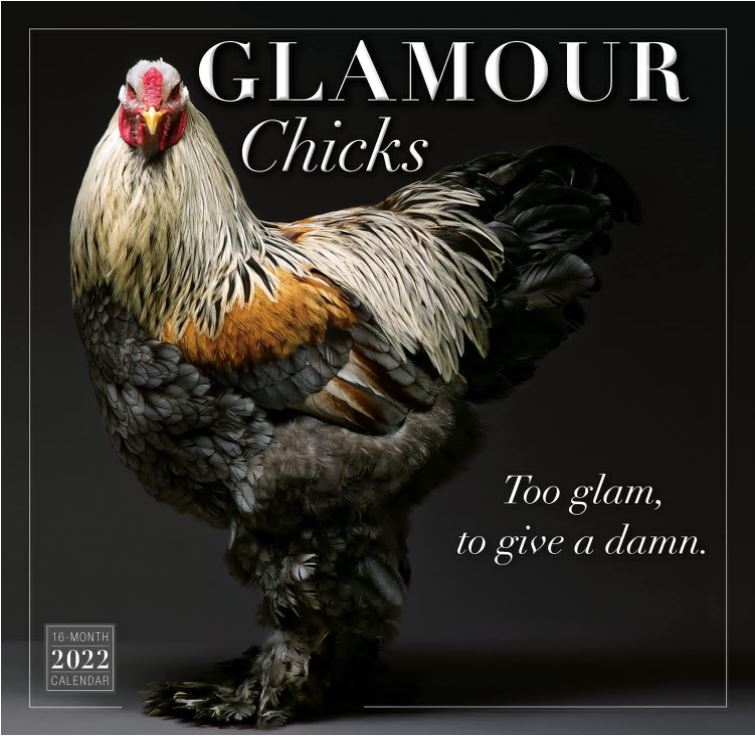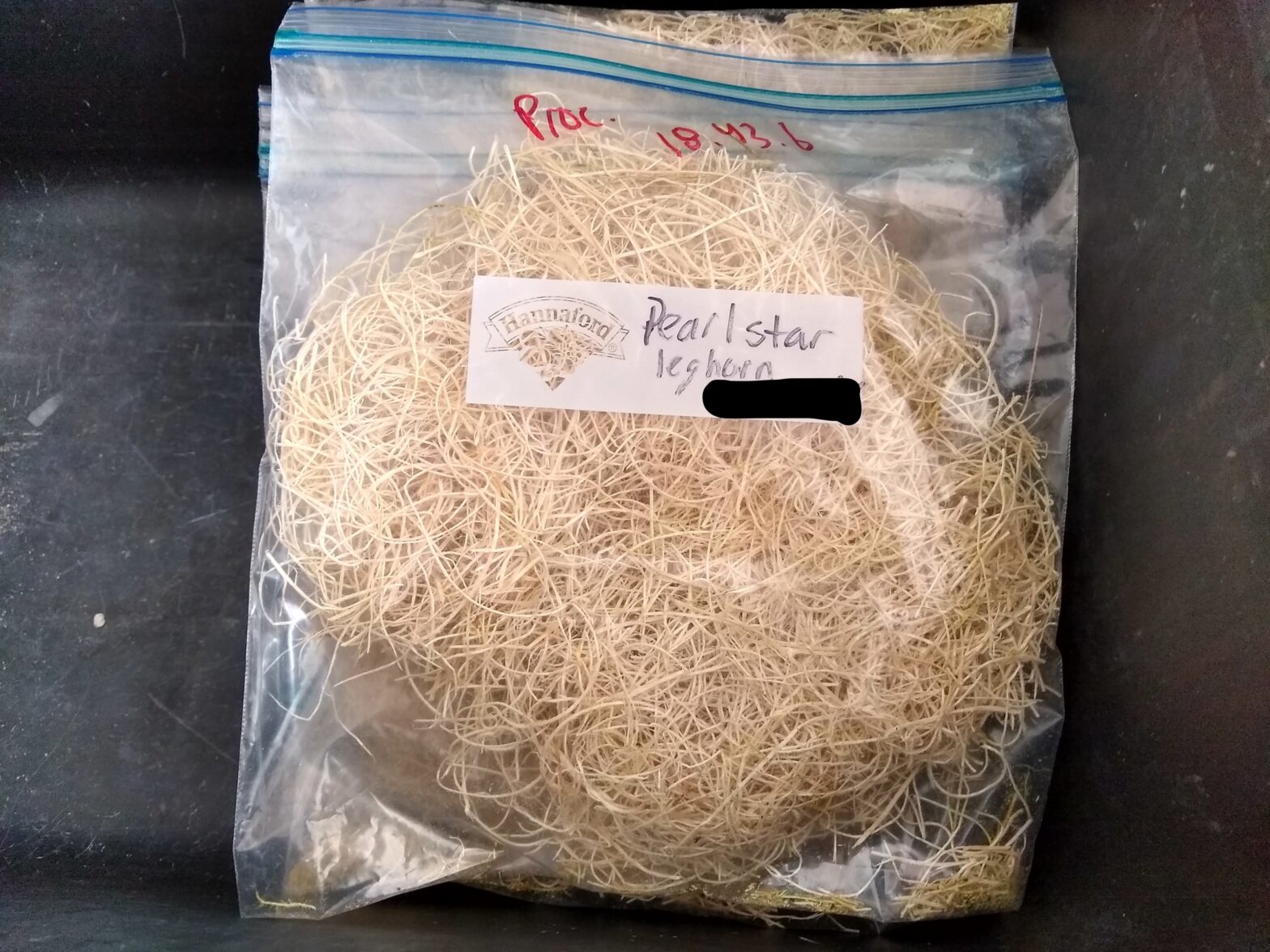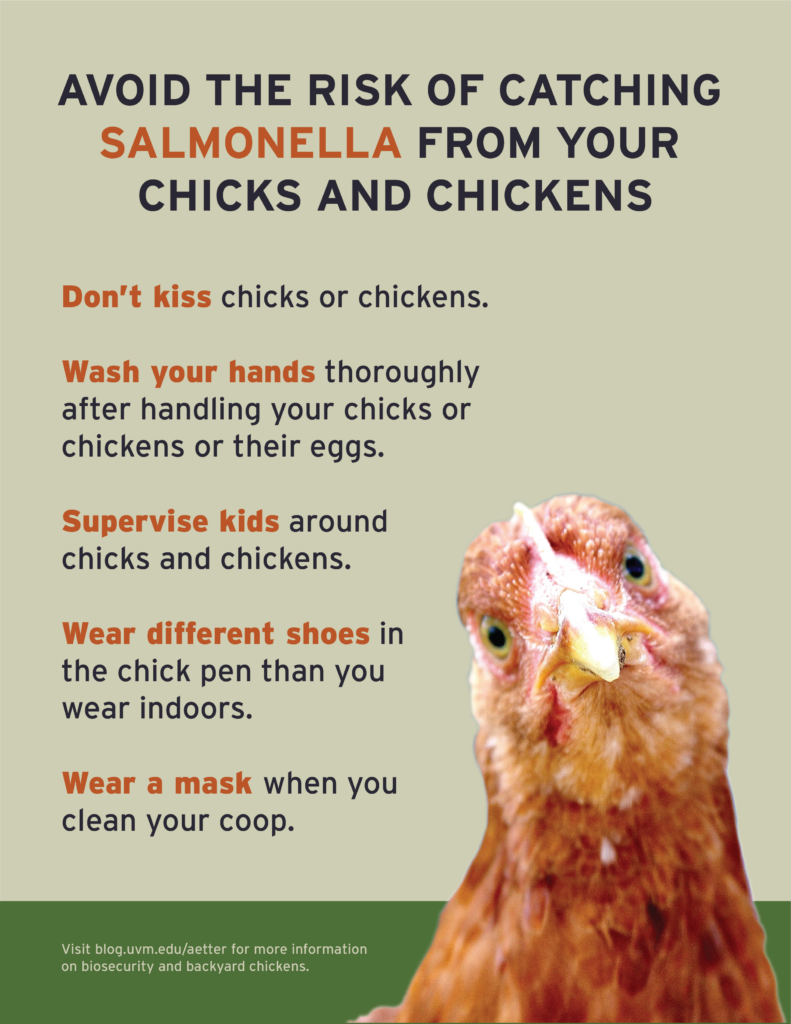(Guest post by UVM undergraduate Sam Rader)
Embryology is the study of animal development and is often taught through hatching chicks. This is an incredibly fun activity for parents, teachers, and students alike that can provide so many hands-on experiences that can be connected to all kinds of important topics like life sciences, economics, and health!
Many schools in Vermont have teachers that teach their students using this and many parents do something similar at home. UVM’s 4-H Extension even has (at least historically) a program to help people get started. With our interest in poultry health and microbiology/food safety, we have developed some resources around these topics that are geared toward young learners (around preschool to second grade) and wanted to share them. These materials are free and available to anyone and they offer a fun way to spark conversations with kids around these topics, let them practice their critical thinking, and have fun. These materials cover a variety of capabilities, so all can enjoy–regardless of reading capabilities.
All materials are free to download from the resources tab and have been created by those in the Etter lab.
Happy Hatching!

